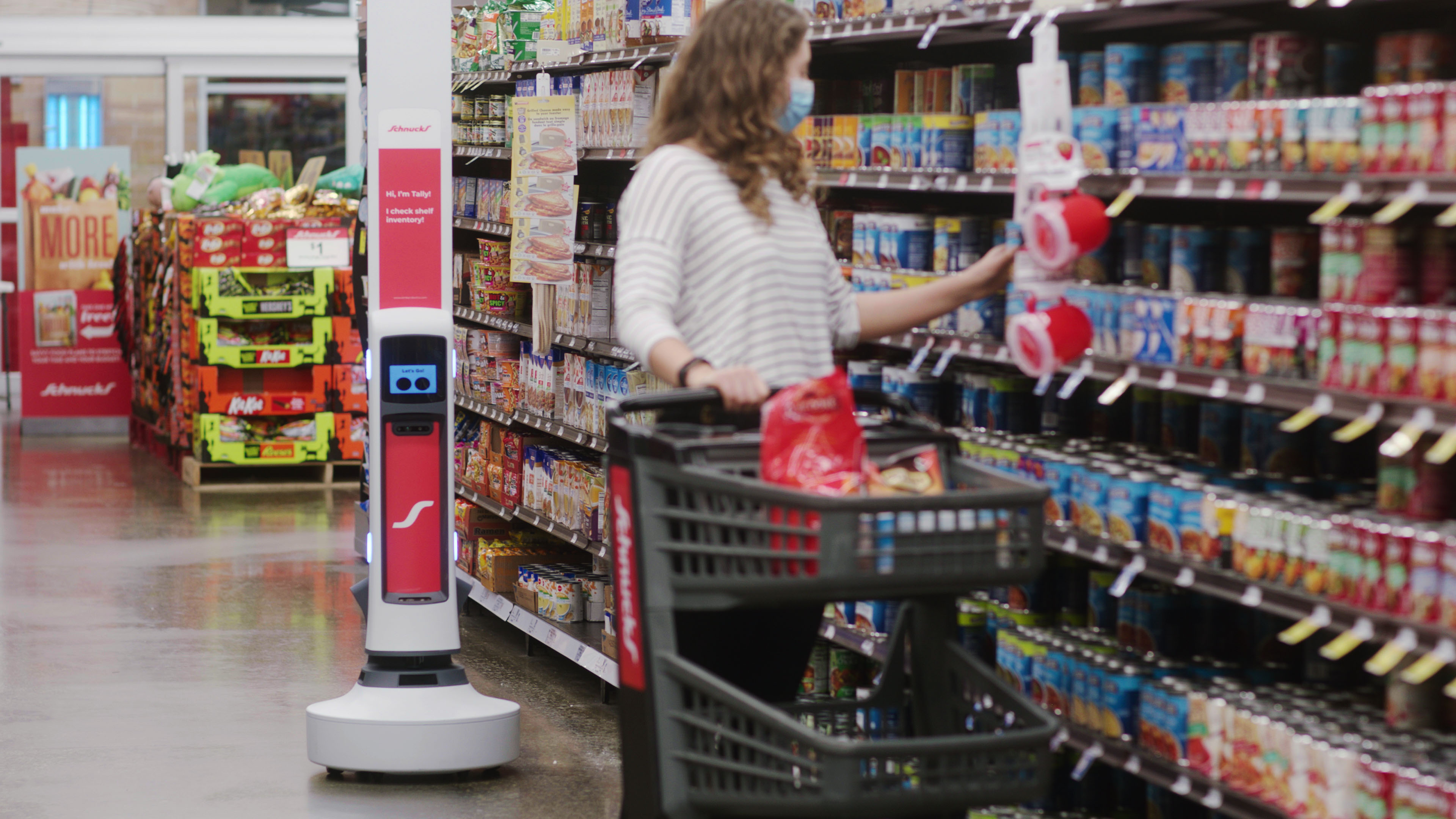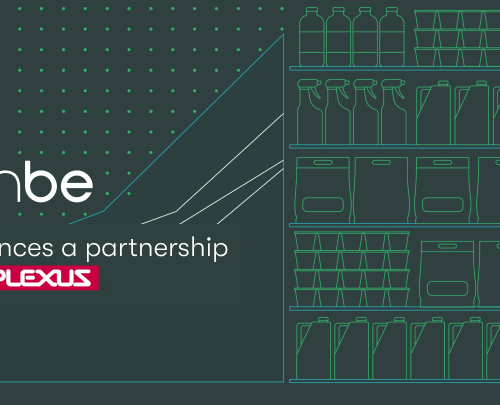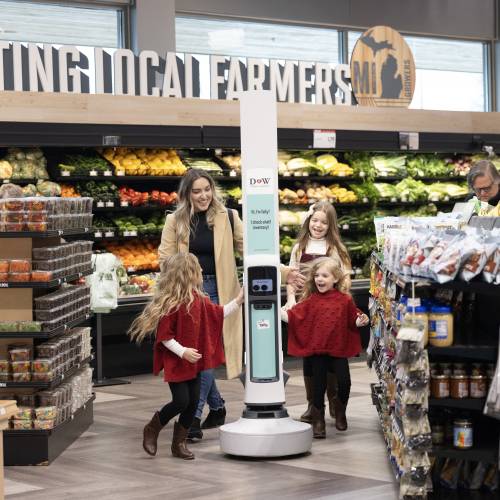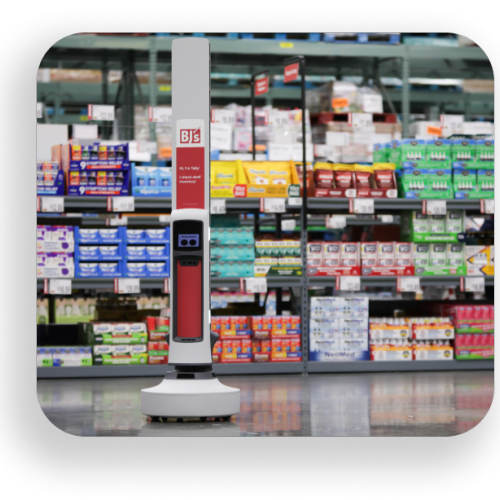
After spending nearly a decade working in retail technology I recently came to a realization - retail stores have always been underperforming. But it’s not their fault.
Retailers have made great strides over the years with advancements in measuring two very important segments of the product journey - what comes in the back and what goes out the front. Warehouse management systems, advanced shipment notifications and electronic bills of lading are just some of the ways retailers know exactly what’s going to show up at the dock. When receiving products, retailers know what’s in the box, how much they paid for it, and who it’s from.
The same goes for selling at the register. Point of sale systems, trade promotion platforms, and customer loyalty programs all contribute to telling a retailer what someone bought, how much profit they made on a particular item, and who actually bought it.
The issue is what happens in the middle.
When a product moves from the back room to sitting on the shelf, the effort to measure and manage items becomes exponentially more difficult. Why? In the grocery channel, for example, the average store carries over 40,000 items. Consider the effort it takes to track out-of-stocks across tens of thousands of products in a 30,000 square foot store. To top it off, price changes often happen weekly, and at any given time, there are thousands of promotions across categories.

The result? From a recent industry survey, 47% of retail executives still think they don’t have enough data and insights available to achieve exceptional in-store execution. Out-of-stocks are still consistently reported at an average of 10% and reducing them remains the most critical top priority for grocery retailers in 2021. The reason retailers have never performed to their full capability is that there’s never been a cost-effective solution capable of tracking inventory and pricing across the entire store.
Fortunately, for the first time in industry history, there’s a way to measure and manage the middle.
Tally, Simbe’s autonomous retail robot, is the first solution that leverages computer vision and AI to capture product information at a frequency, scale, and accuracy that’s never been possible before.
- Frequency. Tally can traverse a store multiple times a day, operating safely and politely alongside shoppers and workers
- Scale. Tally covers an entire store in just a few hours, reading millions of data points and processing thousands of images every time. Along the way, Tally can share real-time data with store teams, service providers, and brands to help address inventory challenges or to direct them where to find a product.
- Accuracy. Tally can scan and identify products on-shelf and read price tags - including promotional signage if present - with unparalleled precision, identifying pricing mismatches or missing promotional tags.
Beyond this, because the robot is autonomous and self-sufficient, deploying Tally requires no wiring, construction, or shelf reconfiguration. With just a regular power outlet, Tally charges and goes on its way, making its own map of the store as it gets to work.
Unlock your store’s potential. Start measuring the middle today.




